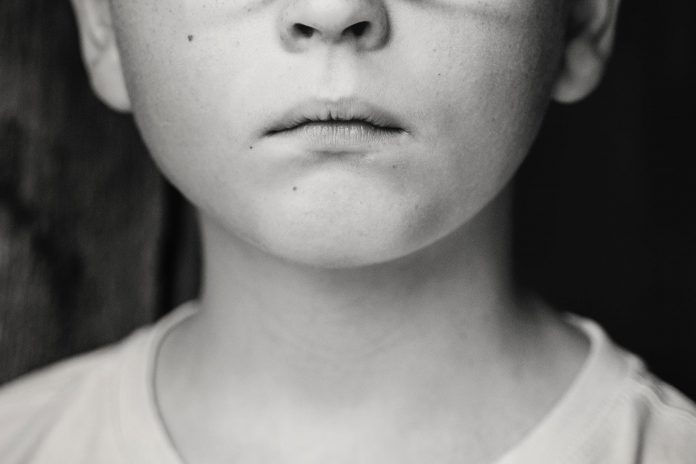Impetigo or mamaso is a skin infection that is caused by bacteria. It is commonly seen in the face around the nose or mouth and often confused with foot and mouth disease. Children and teenagers are prone to impetigo, but even adults can still contract it.
This skin infection usually starts from a cut, scrape, or a bug bite. The germs in the skin or the environment can get inside, which causes an infection. Impetigo can spread throughout the body when not addressed immediately.
What causes impetigo?
Two types of bacteria cause impetigo. It can be caused by a streptococcus or staphylococcus bacteria which are commonly found on our skin. It is common to find impetigo around the face, bottom, and folds of the skin. But it is not uncommon to see them in some parts of the body where the bacteria is present.
There are also two types of impetigo that you have to take note of:
- Bullous impetigo – Staphylococcus bacteria cause this type of impetigo. It is characterized by the formation of bullae or large blister-like wound. It is commonly seen in the folds of the skin, like the armpit, fingers and toes, and in the groin area. The blisters are filled with yellow-colored fluid, and once it’s in the final stages of development, a dark crust will form over it. Over 30% of impetigo cases are bullous
- Non-bullous impetigo – This type of impetigo are smaller, almost like an insect bite. Both staph and strep bacteria cause them. These tiny blisters eventually burst and later on form a brownish scab over it. It is also the most common type of impetigo.
How do doctors diagnose it?
Doctors will often know just by looking at the scabs and blisters if they are impetigo. In most cases, a skin lab test is no longer needed. But if the infection persists after the treatment period, a skin test would be required to determine what exactly is causing it.
How do you treat it?
For mild impetigo or those that have not spread in other parts of the body can be treated with an antibiotic ointment that you can put right into the skin. The antibiotic will help kill the bacteria present in the blisters.
If the antibiotic ointment is not working, your child could be required to take antibiotics orally for over a week. You have to ensure that your child continues drinking it even if the blisters have subsided.
How contagious is it?
Impetigo is contagious and can be quickly passed on to a child. For instance, a child can pass the infection when another child touches a toy they have played with. Any abrasion in the skin will create an entryway for the bacteria to enter and cause infection.
Treated impetigo is no longer contagious after 24-hours of treatment with an antibiotic. But if left untreated, it can be contagious for weeks.
How can I prevent it?
While common among children and teenagers, there are ways to prevent this from developing and spreading. When a family member has this condition, steer clear from touching their skin and using their personal things such as towels, sheets, pillows, and clothes. The bacteria could live in these things. Parents should wash these things with hot water.
Here are other things you can do to prevent impetigo:
- Make sure your kids take a bath regularly and use soap to kill germs.
- Tell your kids to wash their hands regularly with soap.
- Trim their fingernails, so germs don’t get under the nails.
- Skin abrasions and bug bites should be covered and not be touched.
- Keep your homes clean and regularly clean your child’s toys.





